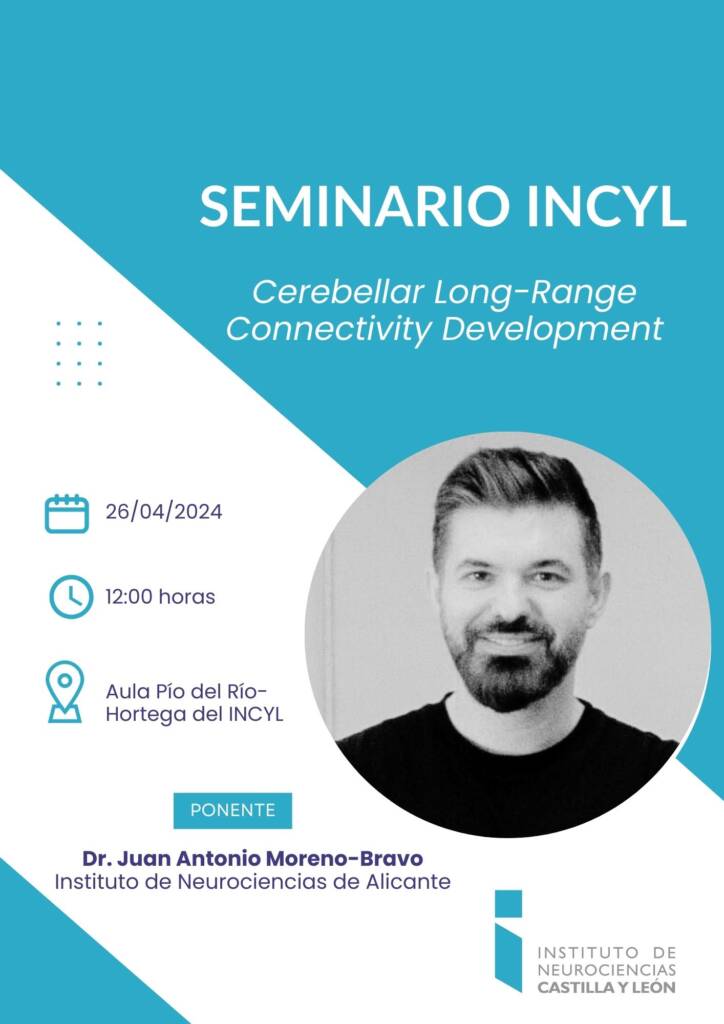«Cerebellar Long-Range Connectivity Development.»
The cerebellum plays an important role not only in motor functions but also in cognitive and emotional processes. Its involvement in these processes is likely due to its connections with other brain areas through a variety of neural pathways.
Dysfunction in the cerebellum and its long-range projections has been implicated in diverse pathophysiological conditions, including neurodevelopmental disorders such as autism spectrum disorders, and may contribute to the associated motor and non-motor symptoms.
Despite the growing understanding of the cerebellum’s role in neurodevelopmental disorders, the underlying mechanisms leading to these dysfunctions are still unclear, highlighting the need for further research to elucidate the development of cerebellar long-range circuits.
Here, using the mouse as a model, we have employed different strategies, including tracing methods and transgenic approaches, to specifically target the cerebellum and its long-range projections. By combining these techniques with clearing methods and 3D fluorescence light-sheet microscopy, we describe the development and complexity of cerebellar long-range pathways. Our results offer valuable insights into the intricate development of cerebellar connectivity during embryonic and early postnatal stages, by providing a detailed analysis of the cerebellar interactions with various populations in the hindbrain, midbrain, and diencephalon. These results can guide future research into understanding the cerebellum’s impact on immature brain networks during development and shed light on the pathophysiology of disorders associated to the cerebellum.
Resumen de privacidad
Esta web utiliza cookies para que podamos ofrecerte la mejor experiencia de usuario posible. La información de las cookies se almacena en tu navegador y realiza funciones tales como reconocerte cuando vuelves a nuestra web o ayudar a nuestro equipo a comprender qué secciones de la web encuentras más interesantes y útiles.
